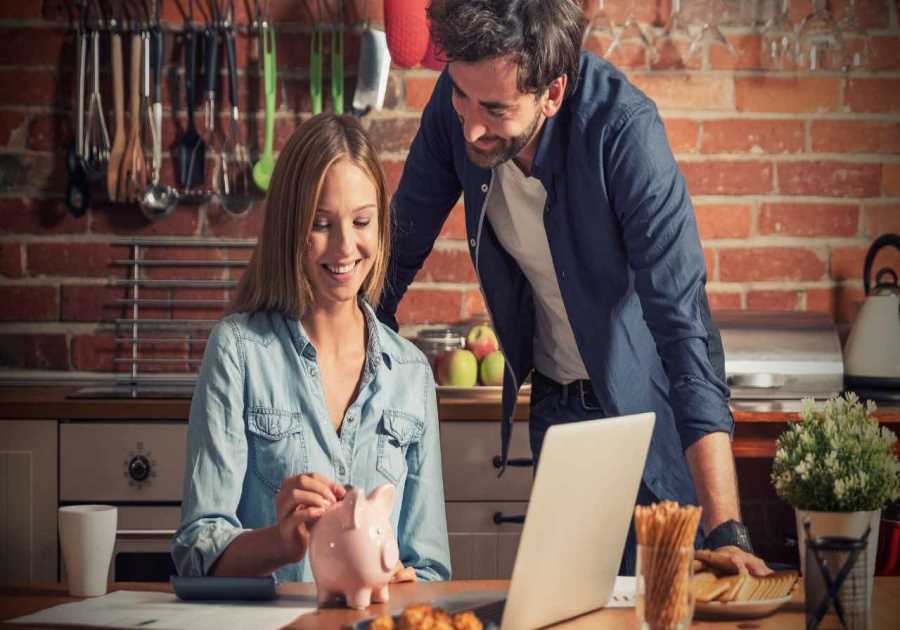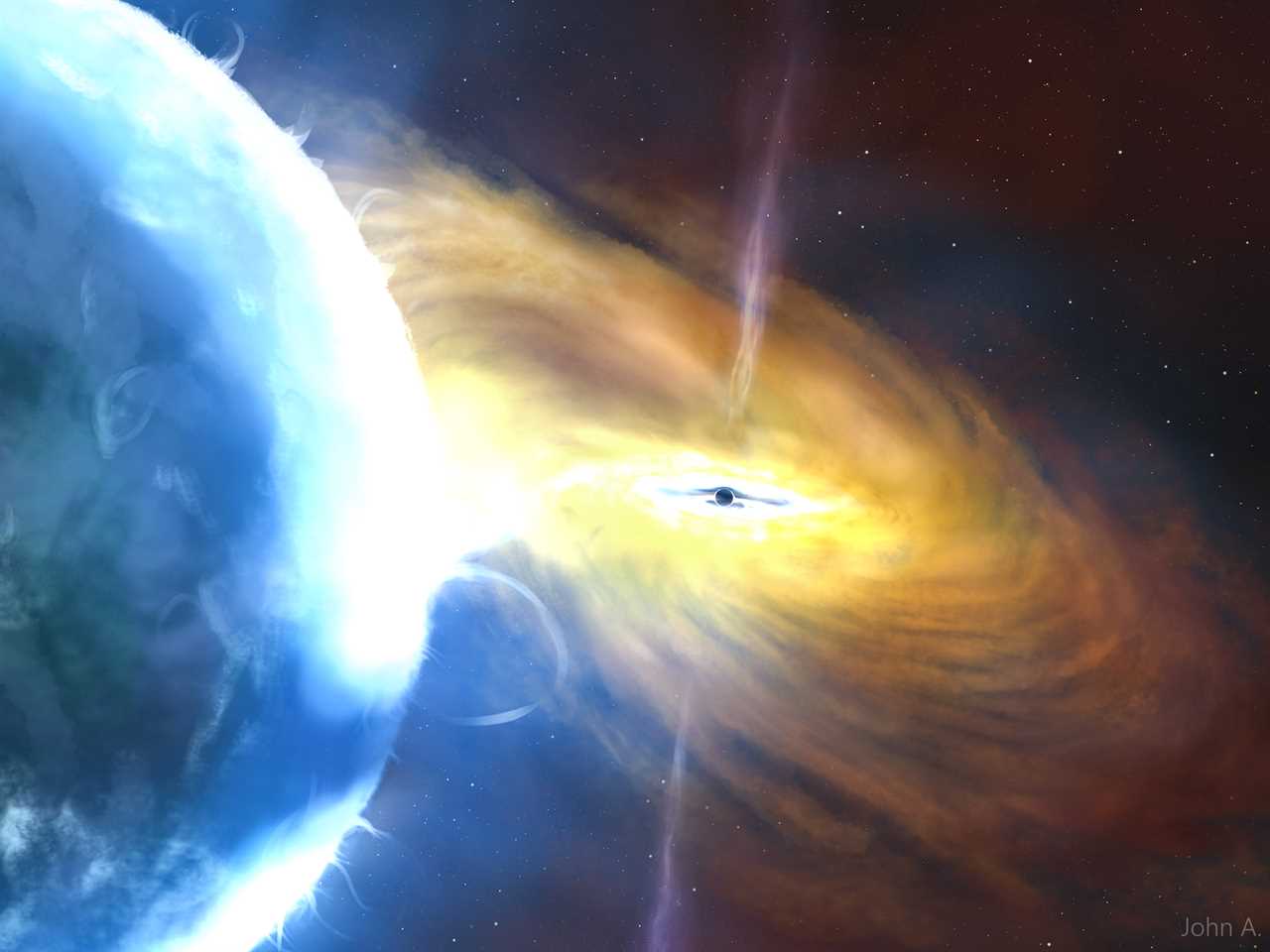
John A. Paice
- Scientists have spotted the brightest-ever explosion recorded in the cosmos.
- The explosion, AT2021lwx, has been ongoing for around three years.
- The blast is thought to be caused by a black hole sending shockwaves through a massive dust cloud.
Scientists have spotted the biggest cosmic explosion ever recorded.
This enormous fireball, which is about 8 billion light years away, is approximately 100 times bigger than the solar system.
It is estimated to be two trillion times brighter than the sun, and about twice as hot as the surface of the sun, according to lead study author Philip Wiseman, an astronomer at the University of Southampton.
"In just terms of physical size, it's just ginormous," Wiseman told Insider.
It is not only very large, but also long-lasting. It has been spotted exploding for three years.
Wiseman said the leading theory is that the explosion is caused by a supermassive black hole sending shock waves through a cloud of cosmic gas.
An explosion on an unprecedented scale
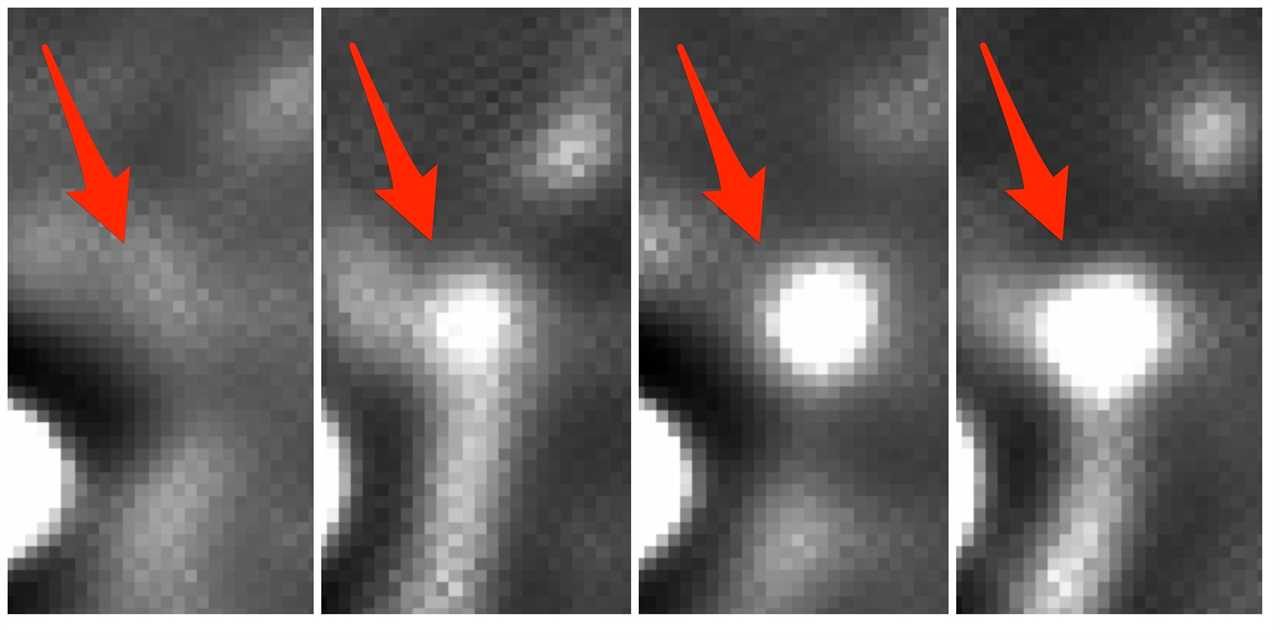
The authors/Phil Wiseman
When the Zwicky Transient Facility in California and the Asteroid Terrestrial-impact Last Alert System telescopes first spotted the blast, they didn't pay it much attention, said Wiseman.
These telescopes, which survey the sky for comets or asteroids, see flashes from supernovae all the time. But these flashes usually die out within a couple of months. This flash lasted for more than three years.
When Wiseman and his team made calculations to figure out just how big the explosion was, "we were just blown away," he said.

The authors/Phil Wiseman
The blast, called AT2021lwx, is ten times brighter than any supernova and three times brighter than a tidal disruption event, which is when a star falls into a black hole.
The explosion is expected to continue to shine for at least another couple of years, meaning it is extremely long-lasting, Wiseman said.
While it's not the brightest flash ever seen, it is "by far the most energy released" from a single explosion, Wiseman added.
This may be a black hole slurping up a cloud of gas and dust
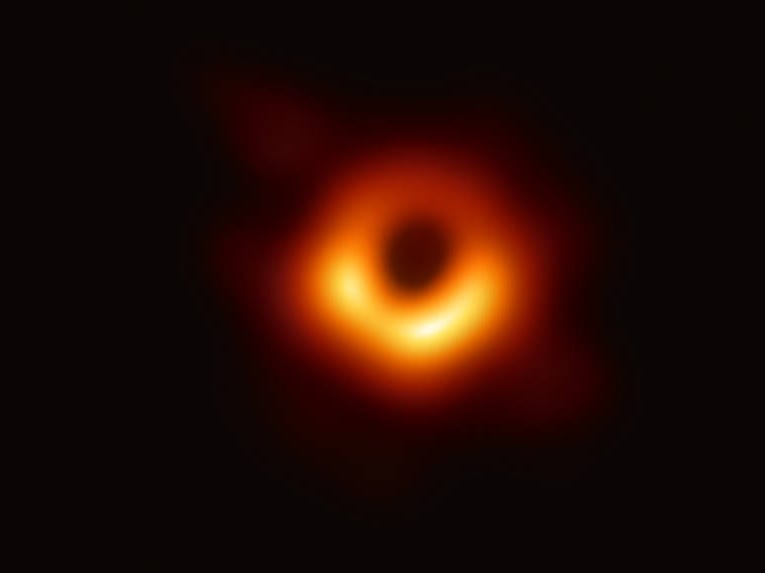
Event Horizon Telescope Collaboration
There are two leading theories to explain this blast. One is that it is a star being shredded by a black hole.
But for a blast of this size to happen, the black hole would have to be enormous and the star extremely energetic.
The likelihood of two such objects meeting during the lifetime of that type of star is extremely small and the analysis of the light coming from the blast suggests this isn't what is happening, said Wiseman.
The other theory, which is the most probable at this point, is that a supermassive black hole is gobbling up its cloud of gas and dust.
Black holes are often surrounded by a ring of gas and dust. The theory is that the cloud has been knocked off of its orbit and is being absorbed by the black hole. As this is happening, shock waves are spreading through the cloud, heating it up the matter in the cloud and shooting out bright light.
"It's like there's been one massive dump of material onto a black hole, completely isolated from anything else, which has never really been seen before," said Wiseman.
We may be witnessing the death of a galaxy
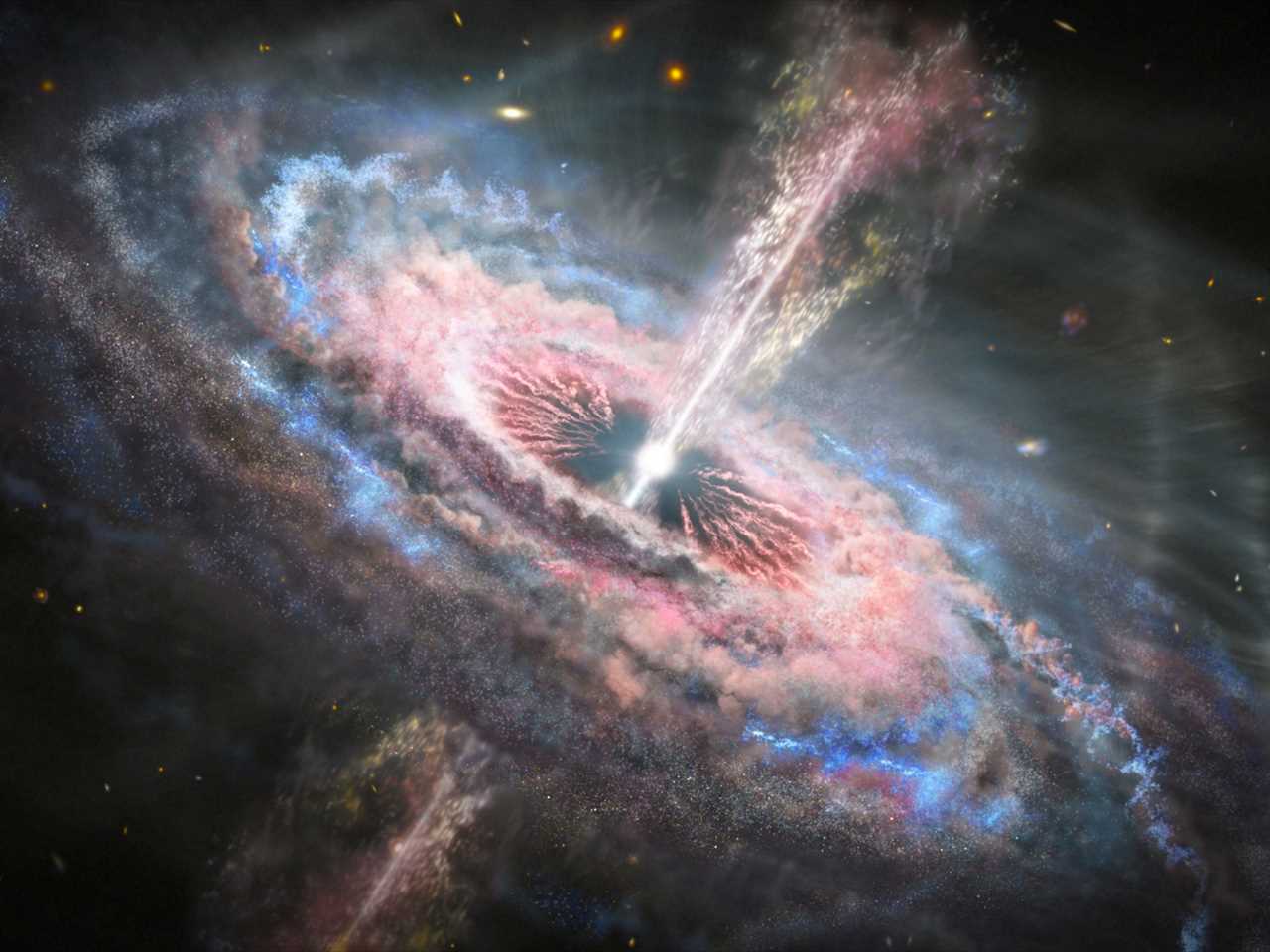
NASA, ESA and J. Olmsted (STScI)
Studying this event could teach us a lot about black holes. For instance, this event could provide clues about where light comes from when black holes are very bright, something that scientists are still puzzled by.
Wiseman hopes this explosion might also inform how galaxies change and die.
Theoretically, there's no reason for galaxies to stop growing. Galaxies "should keep on forming new stars and keep on forming new stars, because there's a constant supply of gas from the cosmic web," he said.
"But at some point, a lot of galaxies die and just stop making new stars," and it's not clear why, he said.
One theory is that explosions could emerge from the black hole to stop gas from falling into the black hole. It's possible that what we're seeing is one of those explosions.
"This might be that this is how centers of galaxies are actually regulated and change over time," said Wiseman.
"You need many of these over time to cumulatively build up the energy that is being blown out into the galaxy. On a time scale of millions of years, you can start actually blowing the galaxy to pieces," he said.
Right now, the explosion is so bright that it's not possible to see a galaxy around the black hole. But as it dims, Wiseman hopes the galaxy will appear, shedding light on how galaxies regulate.
In the coming years, the team is hoping to turn telescopes like Hubble and JWST to get a better look.
Read More
By: [email protected] (Marianne Guenot)
Title: Astronomers spot the biggest cosmic explosion ever seen, and it's 100 times the size of our solar system
Sourced From: www.businessinsider.com/cosmic-explosion-100-times-size-of-solar-system-largest-ever-2023-5
Published Date: Fri, 12 May 2023 09:20:17 +0000
Did you miss our previous article...
https://trendinginbusiness.business/politcal/what-is-prime-day-amazons-summer-sale-explained-and-7-tips-for-the-best-deals
.png)


